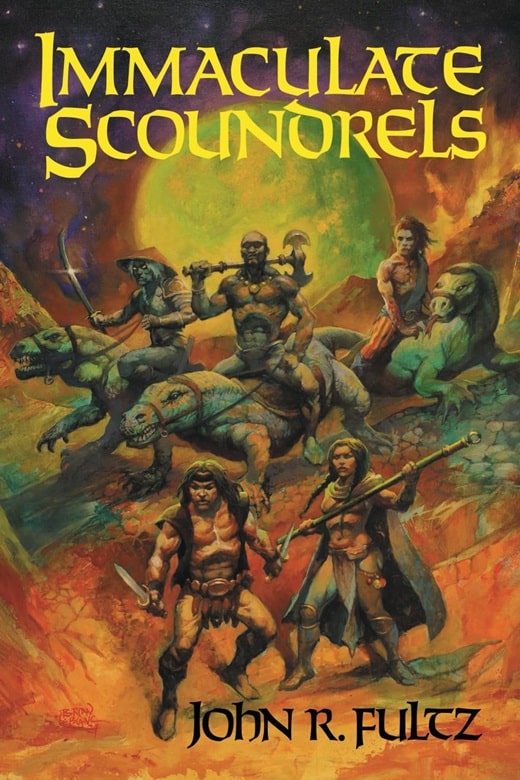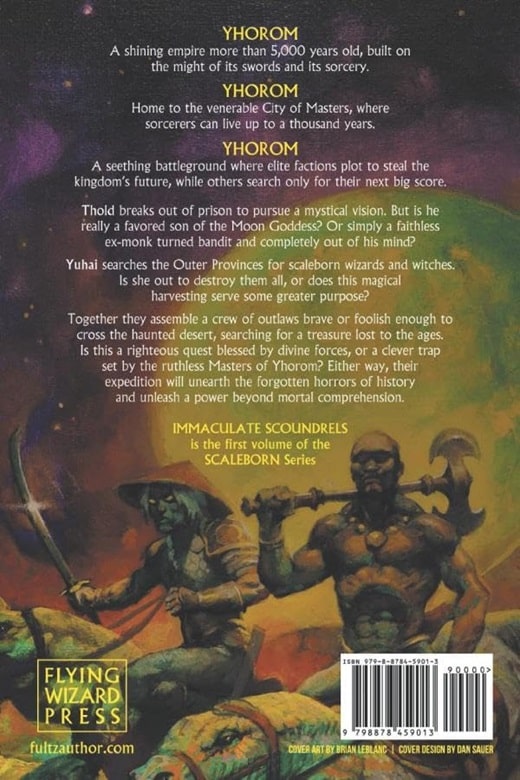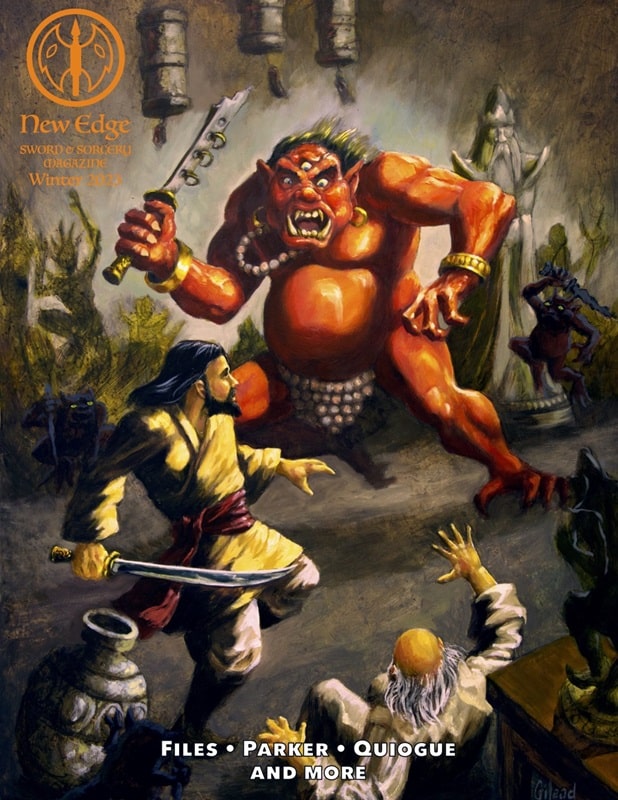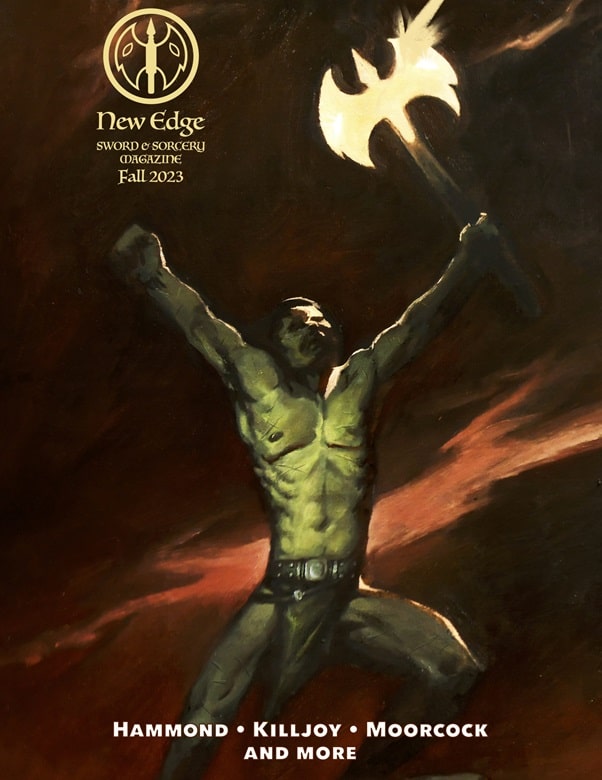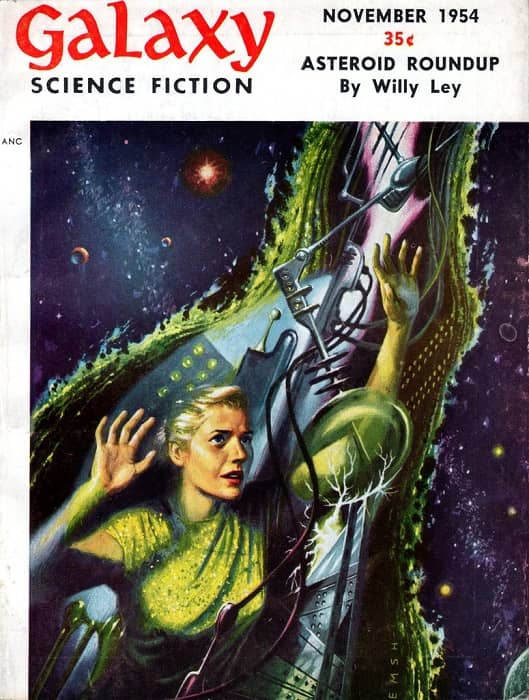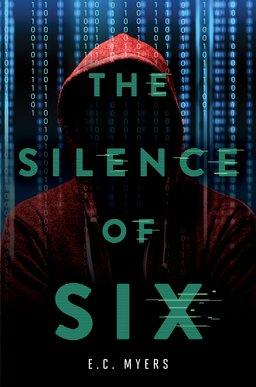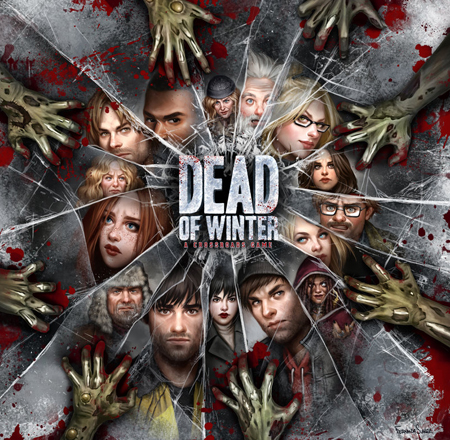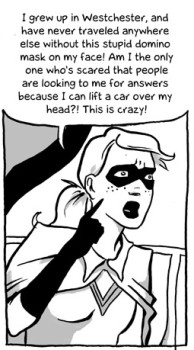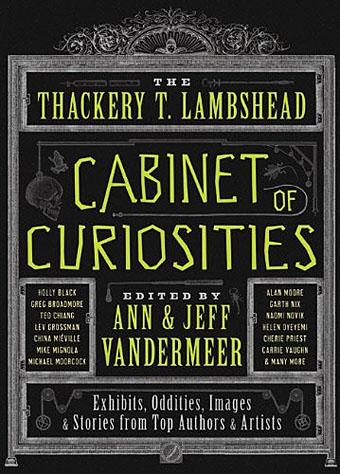Neverwhens: Ancient Civilizations Topple and the Age of Heroes ends in the Blades of Bronze Trilogy by Mark Knowles

I sincerely doubt any Black Gate reader needs an education in who Ray Harryhausen was or why his films, despite the sea-change in special effects technology, remain seminal classics (I’ve been making my way through a bunch of his swashbuckling adventures with my Zoomer son, who notes, time and again, how ‘cheesy and awesome’ the stop motion is, but also calls out how perfect at times the strange movements are at making monsters seem, well…strange and *monstrous* in a way that smooth CGI does not).
I myself am young enough that the only Harryhausen film I saw in theaters was his grand finale, Clash of the Titans (1981), though thanks to Saturday matinee TV I had a steady diet of all that came before.
Clash itself is interesting, because, written by Beverley Cross, while ostensibly the story of Perseus — one of the few *likable* Greek heroes, and one of the few with a reasonably “happy” ending to his tale — the film is to large extent a reworking of an early film Cross had done with Harryhausen, Jason and the Argonauts (1963).
